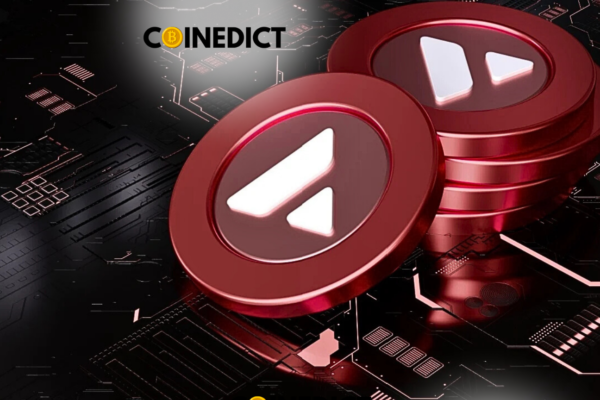
Gen Z in Chile Is All In on Digital Payments and Crypto, Says Report
A new report from Ecuadorian fintech firm Kushki paints a clear picture: Chile’s Gen Z isn’t just comfortable with tech—they’re living it. According to the company, over half of Chilean centennials (those born between the mid-1990s and early 2010s) are using digital tools to make payments, and many of them are already familiar with how crypto works. The findings come from Kushki’s latest study, “Payments in Latin America in 2025: From Inclusion to Sophistication.” The report shows a significant shift toward digital-first behavior in Chile, with nearly 30% of Gen Z using digital money exclusively, leaving traditional cash behind. And this trend is happening even though Chile doesn’t yet have clear rules around crypto—unlike countries like Brazil or El Salvador, which have taken stronger regulatory steps. “Chile has had a real-time payments system since 2008,” Kushki explained, “but cards—whether debit, credit, or prepaid—still make up about 66% of household spending.” That said, the shift toward instant, digital transactions is picking up steam across Latin America. One of the most eye-catching insights? Chilean users traded over $105 billion in crypto by 2024, outpacing both Colombia and Argentina. What’s more, on average, Chilean crypto investors are reportedly putting over half of their monthly income into digital assets. Kushki believes that while fiat-based real-time payments are a good starting point, the future of Latin America’s financial system will be built on more open and competitive platforms—potentially blending traditional finance with blockchain innovation. Earlier this year, some Chilean lawmakers even floated the idea of creating a “Bitcoin Bench” in Congress and proposed building a national Bitcoin reserve. But the Central Bank of Chile wasn’t on board. They shut the idea down, pointing to Bitcoin’s volatility as a key reason it shouldn’t be treated like a reserve asset. Still, the message is clear: Chile’s Gen Z is already living in the digital finance future, even if the government hasn’t caught up just yet.






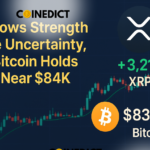


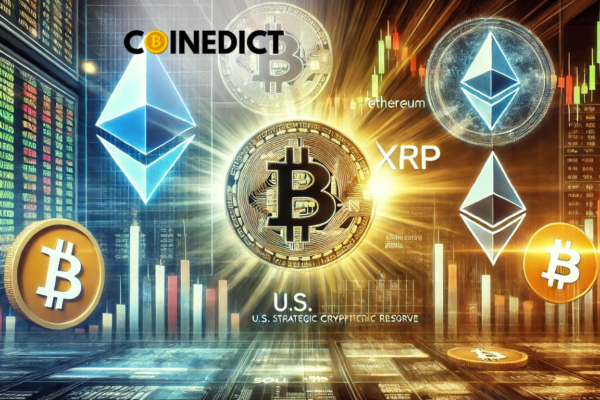
 Thailand’s Crypto Mindset: Open to Growth, Cautious on Payments Here’s how Thailand looks at it: Crypto is an investment tool, not a way to pay for your groceries. The Bank of Thailand has made it clear that using crypto for everyday payments isn’t allowed — the price swings are just too wild, and they could shake up the country’s financial system. But when it comes to blockchain tech and trading crypto in a controlled environment? That’s totally encouraged — as long as the right rules are followed.
Thailand’s Crypto Mindset: Open to Growth, Cautious on Payments Here’s how Thailand looks at it: Crypto is an investment tool, not a way to pay for your groceries. The Bank of Thailand has made it clear that using crypto for everyday payments isn’t allowed — the price swings are just too wild, and they could shake up the country’s financial system. But when it comes to blockchain tech and trading crypto in a controlled environment? That’s totally encouraged — as long as the right rules are followed.  Who’s in Charge of What? Thailand has a few key players in its crypto game plan: They work together to make sure the space is safe and transparent.
Who’s in Charge of What? Thailand has a few key players in its crypto game plan: They work together to make sure the space is safe and transparent.  How It All Started Thailand didn’t just wake up one day and decide to regulate crypto. This has been a years-long process: It’s been a step-by-step journey, but a pretty forward-thinking one.
How It All Started Thailand didn’t just wake up one day and decide to regulate crypto. This has been a years-long process: It’s been a step-by-step journey, but a pretty forward-thinking one.  Rules for Crypto Businesses Want to run a crypto exchange in Thailand? You’ll need to:
Rules for Crypto Businesses Want to run a crypto exchange in Thailand? You’ll need to:  Crypto & Taxes in Thailand Yes, crypto gains are taxed. The more you earn, the higher the rate — up to 35%, based on your income. Some transactions (like on licensed exchanges) get VAT exemptions, but most people still need to report their earnings.
Crypto & Taxes in Thailand Yes, crypto gains are taxed. The more you earn, the higher the rate — up to 35%, based on your income. Some transactions (like on licensed exchanges) get VAT exemptions, but most people still need to report their earnings.  ICOs, NFTs & DeFi — Where Do They Stand? It’s a work in progress — and the government’s taking its time to get it right.
ICOs, NFTs & DeFi — Where Do They Stand? It’s a work in progress — and the government’s taking its time to get it right.  Thailand’s Big Move: A Digital Currency of Its Own Thailand is working on its very own digital currency — kind of like a crypto version of the Thai baht. It’s already been tested for things like retail shopping and even cross-border payments with other countries. The goal? To make money transfers faster, cheaper, and more secure.
Thailand’s Big Move: A Digital Currency of Its Own Thailand is working on its very own digital currency — kind of like a crypto version of the Thai baht. It’s already been tested for things like retail shopping and even cross-border payments with other countries. The goal? To make money transfers faster, cheaper, and more secure.  Adoption Is Growing More Thai people are holding crypto now — almost half of the people who know about it own some kind of digital asset. Businesses are getting more interested, too, especially banks. Still, crypto payments aren’t widely accepted due to strict rules, and the government continues to push for better education around risks.
Adoption Is Growing More Thai people are holding crypto now — almost half of the people who know about it own some kind of digital asset. Businesses are getting more interested, too, especially banks. Still, crypto payments aren’t widely accepted due to strict rules, and the government continues to push for better education around risks.  Not Without Challenges No system is perfect, and Thailand’s crypto space has its hurdles:
Not Without Challenges No system is perfect, and Thailand’s crypto space has its hurdles:  What’s Next? Thailand’s aiming to take things to the next level — aligning its regulations with global standards like Europe’s MiCA framework. Expect to see: Thailand may not be the loudest in the room, but it’s quietly building a crypto system that other countries might just want to copy.
What’s Next? Thailand’s aiming to take things to the next level — aligning its regulations with global standards like Europe’s MiCA framework. Expect to see: Thailand may not be the loudest in the room, but it’s quietly building a crypto system that other countries might just want to copy.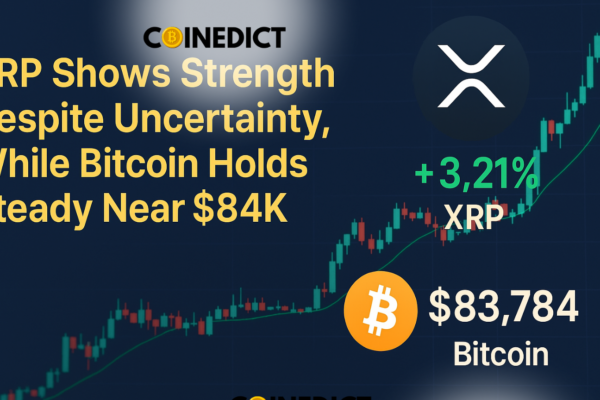
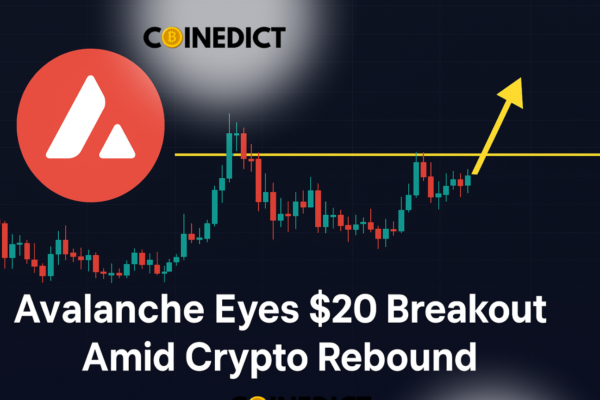


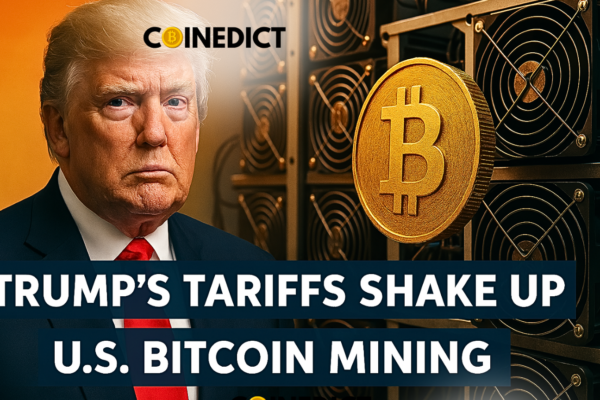

 Fake social media accounts (34%) impersonating well-known figures or projects
Fake social media accounts (34%) impersonating well-known figures or projects